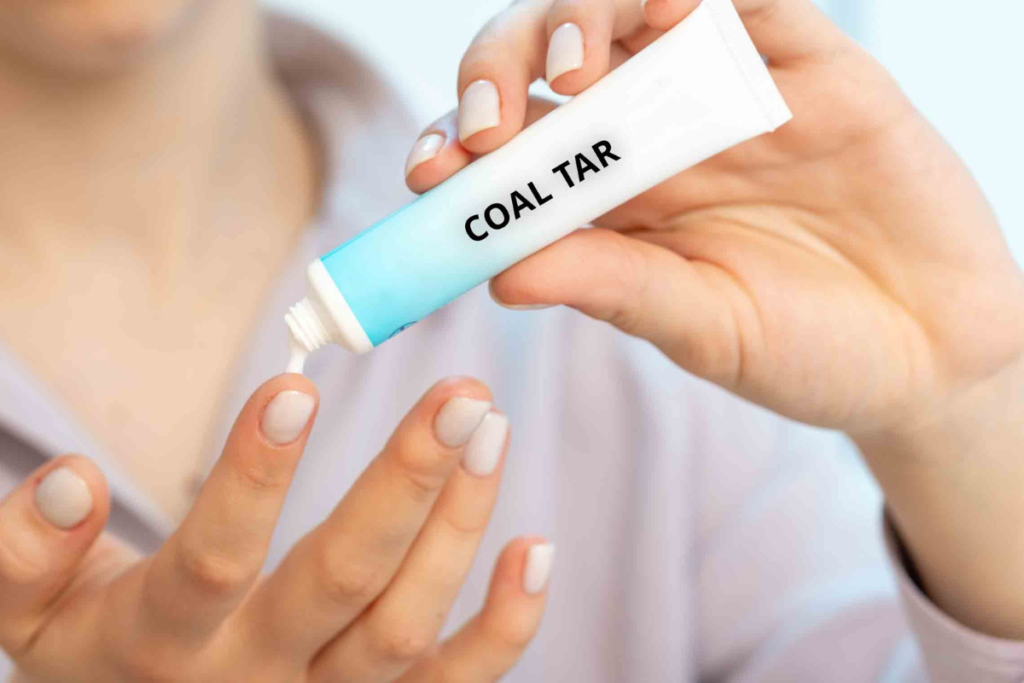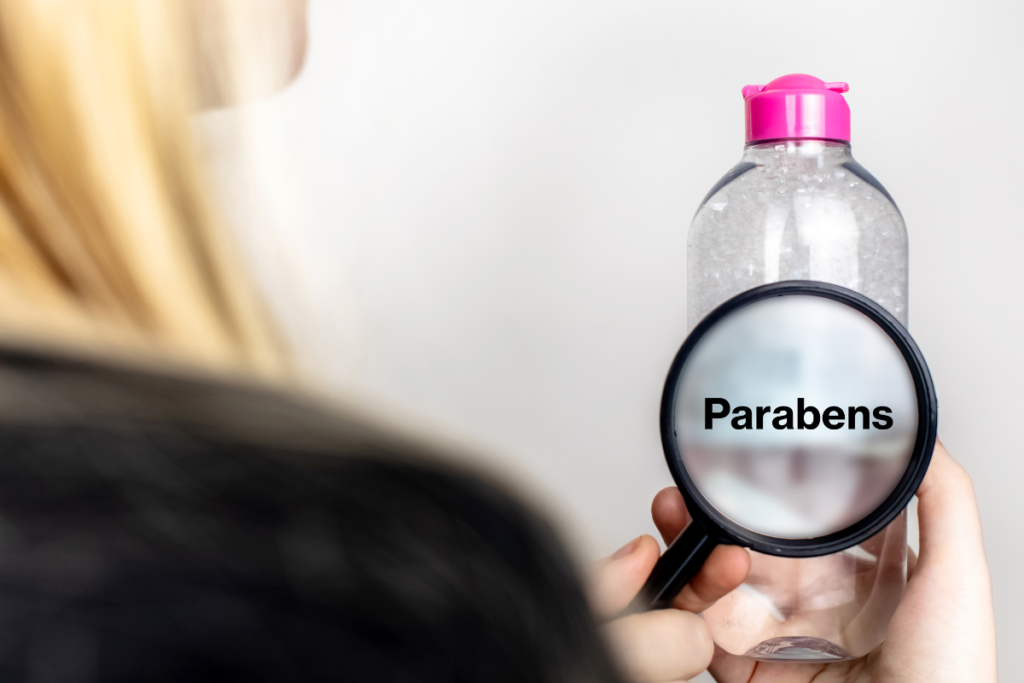
8 Skincare Resolutions for 2024
December 25, 2023
HIFU Facial Treatment: What It Is, How It Works, Its Effects, Cost, and More
January 15, 2024Beauty and hygiene products are a massive part of our daily life nowadays. However, you should be conscious about the ingredients in the products you use. Numerous studies have proven the existence of toxins in beauty products, as many brands in today’s market only care about the money. This article will name all the toxic chemicals you need to avoid when buying a beauty product.
Toxins In Beauty Products
Having said all that, it is important to note that avoiding all the products that have been mentioned below may sometimes be impossible but fear not! Not all of them are present in all of the products included. Now let’s get started.
Butylated Hydroxyanisole (BHA)
Beauty products that contain fat or oil, such as eyeliners, moisturizers, or lipstick, sometimes use butylated hydroxyanisole as a preservative. Studies have shown that BHA is linked to stomach cancer, kidney and reproductive system damage. Butylated hydroxytoluene, or BHT, is less toxic than BHA, but it is still banned in The U.K., Europe, and Japan.
Coal Tar

Several compounds used to be derived from coal tar, including m-phenylenediamine, o-phenylenediamine, and p-phenylenediamine. These compounds are now often produced in labs, and you might see them in hair dyes. These coal tar dyes might cause skin irritation or allergic reactions. They might also increase the risk of non-Hodgkin’s lymphoma, multiple myeloma, acute leukemia, and bladder cancer. It is no surprise that by 2025, the states of California and Maryland will ban products containing m- and o -phenylenediamine more than a certain amount.
Diethanolamine (DEA)
Creamy or foamy products like shampoos often use diethanolamine as an emulsifier. Monoethanolamine (MEA) and triethanolamine (TEA) are also relatives of DEA. These compounds react with preservatives in beauty products to form nitrosamines, which are suspected of causing cancer in humans. That is why Europe and Canada have prohibited the use of diethanolamine in cosmetic products.
Formaldehyde
Formaldehyde is another toxic chemical used as a preservative for hair straighteners and nail polishes. You should know that other preservatives such as DMDM hydantoin, diazolidinyl urea, glyoxal, sodium hydroxymethylglycinate, and quaternium-15 can also release formaldehyde gas. These preservatives are used in shampoos and baby soaps to prevent bacteria from growing in water-based products. A low level of formaldehyde gas irritates your eyes, nose, and throat, and a high level is linked to nose and throat cancer. Again, California and Maryland have banned Formaldehyde, paraformaldehyde, and quaternium-15 for this reason.
Fragrance
Companies usually hide their fragrance ingredients and only write “fragrance” on the label. A product might even be labeled “unscented” and still have fragrance compounds as solvents or stabilizers. These chemicals include benzophenone, BHA, naphthalene, and phthalates. Fragrance ingredients trigger eczema, asthma, or skin allergies. Diethyl phthalate and musk ketones are also among the chemicals in fragrances that studies have suggested affect normal hormone function.
Propellants
Many products, such as sunscreens, deodorants, and dry shampoos use propellants like Isobutane and propane. These chemicals are derived from crude oil, often contaminated by benzene, a known carcinogen. World Health Organization (WHO) has declared that there is no safe level of benzene exposure, and it is harmful in the short and long term. Benzene exposure can cause headaches, dizziness, and vomiting in the short time, slowing down red blood cell production and damaging the immune system in the long run.
Parabens

Any chemical compound with a -paraben suffix, such as methylparaben and propylparaben, is a member of the group of preservatives used in water-based beauty products. Parabens can be found in face washes, toothpaste, shampoos, and conditioners. Studies have linked paraben exposure to breast cancer and disrupting the reproductive system. It might interest you to know that California and Maryland will ban isobutylparaben and isopropylparaben in cosmetics by 2025.
Talc
Talc is a natural mineral that absorbs moisture. However, there have been numerous studies since the 1960s that using talc is linked to cancer. Asbestos is also found near talc mines, and there is a high risk of contamination. Although FDA tests talc in cosmetic products for asbestos every year, it is generally recommended to avoid talc to reduce the chance of absorbing asbestos into your body.
Do You Need an Expert Opinion?
This article covered only eight toxins in beauty products, but unfortunately, there are more toxic chemicals out there, and you need an expert to guide you through them so you can make conscious decisions and take better care of your health. Our professional team at TatoyanMD Medspa can help you choose the safest products and achieve your ideal skin. Contact us today and get your free consultation with our dermatologist.





